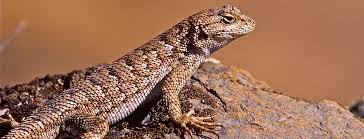As the temperature drops and winter’s icy grip tightens its hold, many of us bundle up in cozy layers and warm ourselves by the fire. But have you ever wondered how our animal companions cope with the frigid conditions of winter? While some creatures thrive in the snow and ice, there’s a fascinating world of animals that hate cold weather.
From shivering reptiles to shaggy mammals seeking refuge, this article delves into the lives of these cold-hating critters, shedding light on their unique adaptations, quirky behaviors, and the challenges they face in freezing climates.
Table of Contents
Join us on a journey through the frosty landscapes of both the Arctic and the temperate regions, where we’ll uncover the stories of animals that long for the return of warm, sunny days. From penguins who envy their tropical cousins to bats that migrate thousands of miles to escape the chill, these animals have devised ingenious strategies to survive and even thrive in a world where cold weather is their greatest adversary.
Animals and Temperature Preferences:
Animals have evolved to thrive in various environmental conditions, and temperature is a critical factor influencing their survival. While some species are well-equipped to handle extreme cold, others loathe it.
Polar bears and Arctic foxes, for instance, are perfectly adapted to the icy realms of the Arctic, with thick fur and layers of blubber to keep them warm. In contrast, animals like the sloth and iguana prefer the heat of tropical climates and can become sluggish or even immobile in cold weather.
Understanding these temperature preferences is crucial for their conservation, as climate change and habitat loss are pushing many species out of their comfort zones. Recognizing the specific temperature thresholds and behavioral responses of these animals can help conservationists make informed decisions to protect their habitats and ensure their survival in a changing world.
Reptiles:
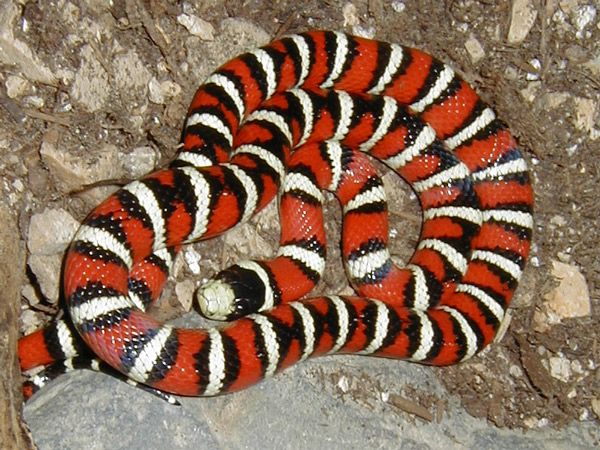
Reptiles, including snakes and turtles, are ectothermic creatures, meaning their body temperature is regulated by external heat sources. As a result, they are generally less tolerant of cold weather. Snakes, for instance, become sluggish in colder temperatures, and some may hibernate to conserve energy during the winter months.
Turtles, too, are often more active in warmer weather when their metabolism is at its peak. Cold weather can slow them down, and they may seek shelter or burrow into the ground to escape the chill. While reptiles have evolved various strategies to cope with temperature fluctuations, they are typically creatures of warmth, thriving in tropical and temperate climates where they can bask in the sun to regulate their body temperature.
Amphibians:
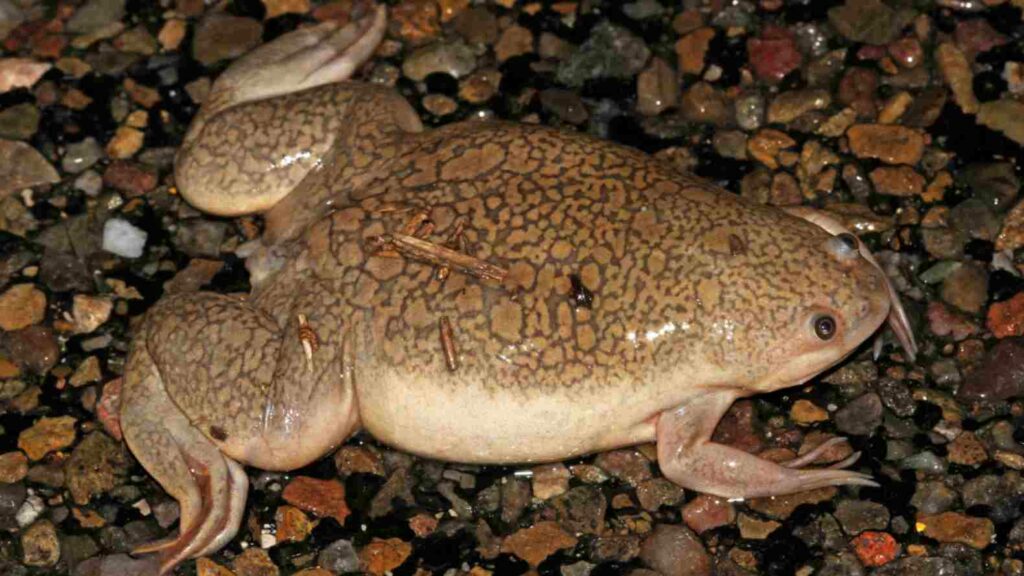
Amphibians, such as frogs and toads, share the ectothermic trait with reptiles, making them sensitive to cold weather. As the temperature drops, their metabolic processes slow down, causing them to become lethargic. Many amphibian species hibernate or estivate (enter a state of dormancy) to conserve energy during colder months.
Frogs, known for their vibrant choruses during the breeding season, fall silent when the cold sets in. They require moist environments to maintain their skin’s permeability, making them particularly vulnerable to frosty conditions. While some amphibians can tolerate brief cold spells, they are more active and thrive in warm, humid climates where they can exploit their semi-aquatic lifestyle.
Insects:

Insects, the most diverse group of animals on Earth, display a wide range of responses to cold weather. Many species are ectothermic and rely on external heat sources to maintain their body temperature. As temperatures drop, the activity levels of butterflies, bees, and ants, among others, tend to decrease. Some insects, like butterflies, enter a state of torpor, a form of temporary hibernation, to conserve energy.
Others, such as honeybees, cluster together in their hives to generate warmth for the colony. However, prolonged exposure to cold conditions can be lethal for many insects, particularly those not adapted to withstand freezing temperatures. In regions with harsh winters, insects have developed various strategies, including diapause (a form of dormancy), to survive the cold season. Despite their remarkable adaptations, most insects are more active and thrive in warm, sunny weather when their metabolic processes are at their peak.
Fish:
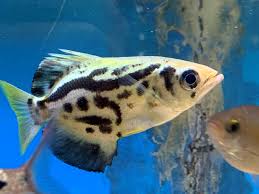
Fish are highly diverse, and their tolerance for cold weather varies among species. While some fish, like salmon, are adapted for cold-water habitats and even migrate upstream to spawn during the colder months, others, particularly tropical fish, are ill-suited to chilly conditions.
Tropical fish are accustomed to the stable, warm waters of their native habitats, and sudden temperature drops can stress or even kill them. Aquarium enthusiasts must carefully monitor the water temperature and provide appropriate heating for tropical fish to ensure their well-being in captivity. Cold-sensitive fish species may become lethargic, lose their appetite, or develop health issues in colder waters. Overall, the adaptability of fish to cold weather depends on their species and their evolutionary history in specific ecological niches.
Arachnids:
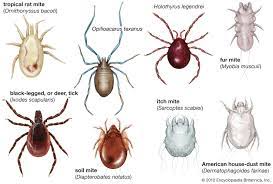
Arachnids, including spiders and scorpions, are ectothermic creatures with metabolic rates influenced by external temperatures. Cold weather can slow down their metabolism, making them appear more sluggish or less active. Spiders, for instance, might retreat to sheltered locations when temperatures drop, reducing their activity levels. Some spider species will enter a state of torpor during colder months, conserving energy until conditions become more favorable.
Similarly, scorpions, known for their hardiness, may become less active in response to cold temperatures. While arachnids are adapted to endure a wide range of environmental conditions, including cold weather, their behavior often reflects their ectothermic nature. In regions with harsh winters, many arachnid species have developed strategies to survive, such as burrowing underground or seeking refuge in protected crevices.
Despite their apparent obliviousness to cold weather, arachnids are well-equipped to navigate temperature fluctuations and continue their predatory activities when conditions permit.
Mammals:
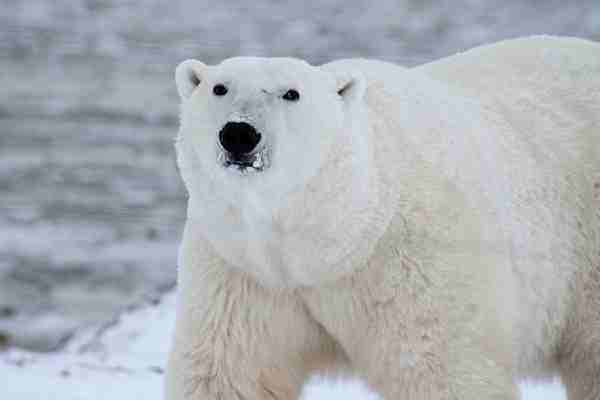
While mammals, as a class, are generally more adaptable to various climates compared to some other animal groups, there are exceptions among certain species that are less tolerant of cold weather. Some rodents, for instance, are better suited for temperate and tropical climates and may struggle in cold conditions. The naked mole rat, native to Africa, is one such example. These social, subterranean rodents thrive in the stable, warm temperatures of their underground burrows and are highly sensitive to temperature fluctuations.
When exposed to cold, naked mole rats may become less active and are at risk of hypothermia. Similarly, bats, despite being mammals capable of flight, are often adversely affected by cold weather. Many bat species hibernate during the winter months when insects, their primary food source, become scarce. Cold temperatures can disrupt their hibernation patterns, leading to a weakened state.
However, bats have evolved strategies to cope with cold, such as clustering together in hibernacula (winter roosts) to conserve warmth. While these mammals might dislike cold weather, they employ various tactics to endure it, including torpor, hibernation, and seeking shelter.
Birds:

Birds are a diverse group of animals, and their tolerance for cold weather varies widely among species. While many birds are well-equipped to cope with chilly conditions through behavioral adaptations like roosting and fluffing their feathers to trap warm air, some species are less fond of cold weather. Tropical birds, for instance, are often adapted to warm and humid environments, and they may migrate to warmer climates during the winter months.
These birds might struggle in cold regions due to their relatively thin feathers and lightweight body structures. In contrast, birds native to colder climates, such as penguins and snowy owls, have developed specialized adaptations like thick insulating plumage and behaviors like huddling together to conserve heat. Despite their general aversion to cold weather, birds exhibit a remarkable diversity of strategies to cope with it, from migration to the development of insulating plumage.
Marine Mammals:

Marine mammals, such as manatees and dugongs, are adapted to life in aquatic environments but are often found in tropical and subtropical waters. These herbivorous marine mammals thrive in warm, coastal habitats and are less tolerant of cold conditions. Sudden drops in water temperature can be detrimental to their health and well-being.
While they might venture into slightly cooler waters during certain seasons, manatees and dugongs are known for their preference for warm, shallow coastal regions where they can graze on seagrasses. Cold water can slow down their metabolism, making them lethargic and more susceptible to cold stress-related illnesses. Conservation efforts are often directed toward protecting the habitats and migration routes of these species to ensure their survival in regions prone to temperature fluctuations.
Gazelles and Antelope:
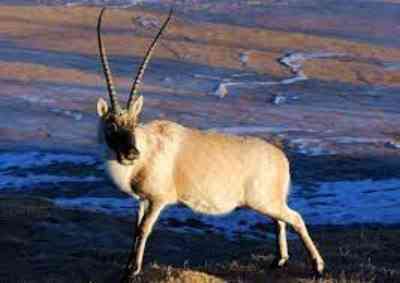
Gazelles and antelope encompass a diverse group of herbivorous mammals found in various habitats worldwide. While many species have adapted to cope with a range of environmental conditions, some, like the gerenuk and springbok, prefer
warmer climates and are less tolerant of cold weather.
The gerenuk, native to East Africa, is known for its slender build and long neck, which it uses to browse leaves and tender shoots from trees and shrubs. It relies on a consistent supply of browseable vegetation, which can become scarce in colder seasons.
Similarly, the springbok, a species of antelope native to southwestern Africa, prefers the arid and temperate climates of its native range. Cold temperatures can limit the availability of forage, and springboks may become less active during colder months.
While these animals can adapt to seasonal changes and endure short periods of cold weather, their physiological and behavioral adaptations are more suited to warm and temperate conditions. In their preferred environments, they thrive by efficiently exploiting available resources, but in colder climates, they may face challenges in sustaining their dietary needs and activity levels.
Human Impact and Conservation:
Human activities have a profound impact on animals that hate cold weather. As temperatures rise due to climate change, animals that once had stable habitats are now facing a crisis. Polar bears are increasingly struggling to find enough sea ice for hunting, and the warming Arctic is causing them to travel longer distances in search of food. Similarly, migratory birds are arriving at their breeding grounds too early, out of sync with the insect populations they rely on for food.
Conservation efforts are essential to mitigate these challenges. Protecting habitats, reducing greenhouse gas emissions, and implementing sustainable practices are crucial steps to help these animals survive in an increasingly warming world. It’s a race against time to ensure that these creatures can adapt or find suitable refuges to escape the unwelcome embrace of cold weather.
Curiosities and Adaptations:
The world of animals that detest cold weather is filled with remarkable curiosities and unique adaptations. Consider the curious case of the hibernating bear. Instead of trying to endure the cold, they enter a state of hibernation, lowering their body temperature and metabolic rate to conserve energy during winter months. On the other end of the spectrum, animals like the jackrabbit have evolved oversized ears that dissipate heat, helping them cope with the cold desert nights.
Penguins, although associated with icy landscapes, hate cold more than you might think. Their feathers trap a layer of air, providing insulation against the frigid waters they navigate. Understanding these adaptations not only showcases the marvels of the natural world but also underscores the importance of preserving these species. Nature’s ingenious solutions to the challenge of cold weather reveal the beauty and complexity of evolution.
Final Words:
Animals that despise cold weather face an uncertain future as our planet warms. As we marvel at their unique behaviors and adaptations, it becomes clear that we are custodians of their survival. Human activities, from deforestation to carbon emissions, are accelerating climate change and pushing these animals to their limits. The responsibility to protect their habitats and mitigate the effects of climate change rests on our shoulders.
By studying their temperature preferences, understanding the consequences of our actions, and appreciating their extraordinary adaptations, we can make informed decisions to ensure that these animals continue to grace our planet with their presence. In a world growing warmer, our commitment to conservation is their best hope for a future free from the hardships of cold weather.
Reference:
- https://blog.nwf.org/2013/12/these-animals-dont-care-that-its-freezing-outside/
- https://www.smithsonianmag.com/science-nature/animals-wildlife-winter-cold-180971315/
- https://www.chicagotribune.com/suburbs/daily-southtown/ct-sta-extreme-cold-wildlife-st-0103-20180102-story.html

Zahra Makda
Growing up enjoying the beauty of my village, a good passion for nature developed in me from childhood. Following my passion for the natural world, I have chosen zoology for my graduation, during my undergraduate degree, I participated in many nature trails, bird watching, rescues, training for wildlife conservation, workshop, and seminars on biodiversity. I have a keen interest in invertebrate biology, herpetology, and ornithology. Primary interests include studies on taxonomy, ecology, habitat and behavior.

